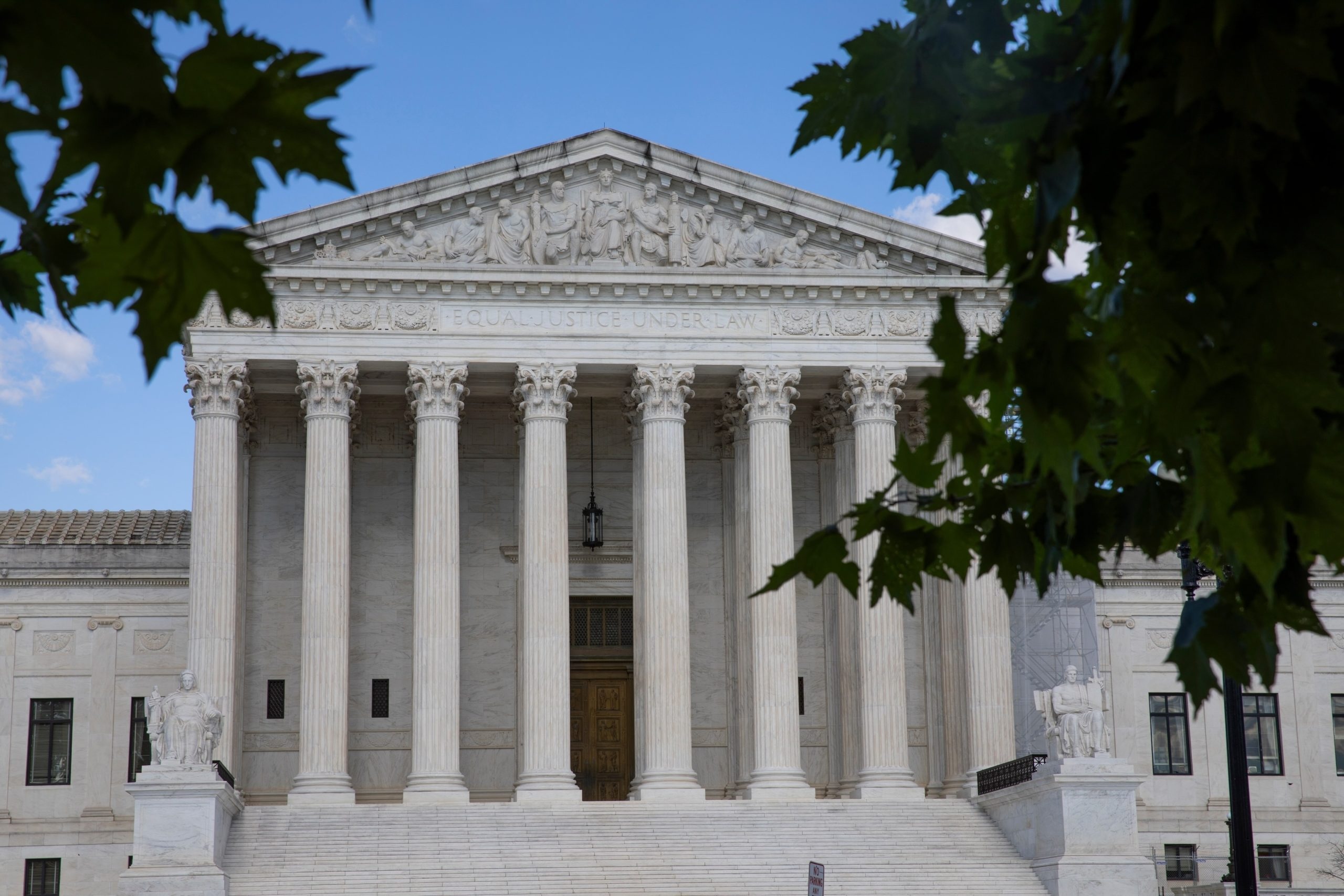Where were the biologics-related Patents that are involved in BPCIA litigation created? Where were the biologics-related patents involved in BPCIA litigation invented?
Convenience, national pride, and foreign filing license laws encourage such home country first-filings. Convenience, national pride, and foreign filing license laws encourage such home country first-filings.
It is well known that the U.S. biosimilar market has developed slower than others, particularly in comparison to Europe’s biosimilar market. How does the United States compare with other countries in terms of biologic innovation? Where was the initial patent application filed for the biologic reference product?
There have been 354 individual U.S. patents asserted across the 54 BPCIA litigations to date (many of those individual patents have been asserted repeatedly in different litigations). Only 49 of the 354 U.S. individual patents claimed priority over a prior foreign application. That represents only 14% foreign first-filed biologic patents, which is significantly lower than the overall rate of foreign first-patent filings of issued patents of about 20-25% for Technology Center 1600, which examines all biotechnology and organic chemistry patent applications.
Where are these few initial foreign patent filings for biologics-related inventions being made? The majority (36/49) of these initial foreign patent filings were made at the European Patent Office (EPO). The next eight were filed in Japan. Three were filed in Germany. And two were filed in the United Kingdom.
Interestingly, every one of these foreign first-filed patents asserted by a Reference Product Sponsor in BPCIA litigation is assigned to Roche or a Roche subsidiary. The majority (33/49) of these patents are assigned to Hoffman-La Roche Inc., while one is assigned to Roche Diagnostics GmbH. Ten are assigned to Chugai Seiyaku Kabushiki Kaisha which is a Roche subordinate. One is assigned Genentech, Inc., a Roche subsidiary. Five patents are assigned to Hoffmann-La Roche Inc., and five others to Chugai Seiyaku Kaisha. No other company has first-filed any patents outside the United States that have been asserted by a Reference Product Sponsor in BPCIA litigation.
Of course, the patents asserted in BPCIA litigation can be skewed by time–first by the delay between the approval of older biologic reference products and the enactment of the BPCIA and then by the delay between the development of a biologic reference product and the institution of BPCIA litigation years after approval. Thus, the patents asserted in BPCIA litigation often do not include the original composition patent because those patents have expired, or even been invalidated in a separate proceeding.
To understand whether this phenomenon affected our results, we identified the original composition patent for the 15 biologic reference products that have been involved in BPCIA litigation and examined where their corresponding applications were filed. Only four of the 15 original compositions patents were asserted in 10 BPCIA litigations due to a combination design arounds and expirations. Only one composition patent out of 15 biologic reference products in BPCIA litigation claimed priority over a prior foreign application. This represents less than 7% of the foreign first-filed biological patents. This is significantly lower than the Technology Center 1600’s overall rate of foreign first patent filings for issued patents which is about 20-25%. It also represents a much lower rate than the 14% of patents asserted during BPCIA litigation. Once again, Roche was the sole company to first-file a patent outside the United States that disclosed the original biologic reference product, via its Chugai subsidiary in Japan (for tocilizumab).
Was Roche really the only company that was successfully innovating original biologics outside the United States from the 1980s through the early 2010s? This seems impossible, but the data suggest that the United States has a greater dominance in biologic R&D than is generally believed. Looking at the residences of the 65 inventors named on these original compound (excluding the five inventors for Chugai’s patent on tocilizumab), 55 live in the United States and only 10 outside the United States. Similarly, looking at the original composition patent for Keytruda (pembrolizumab)–discovered at Organon’s facility in Oss, Netherlands–reveals it was initially filed in the United States, likely because the first-named inventor worked at Organon’s site in Cambridge, Massachusetts.
Perhaps these results throw further light on the nine-year delay between when Europe and the United States each approved their first biosimilar. This delay has been attributed primarily to the desire to protect the non price-controlled U.S. market in order to fund biopharmaceutical research and development around the world. However, it may also have stemmed from the recognition that the reference product was most likely to be invented in the United States.






